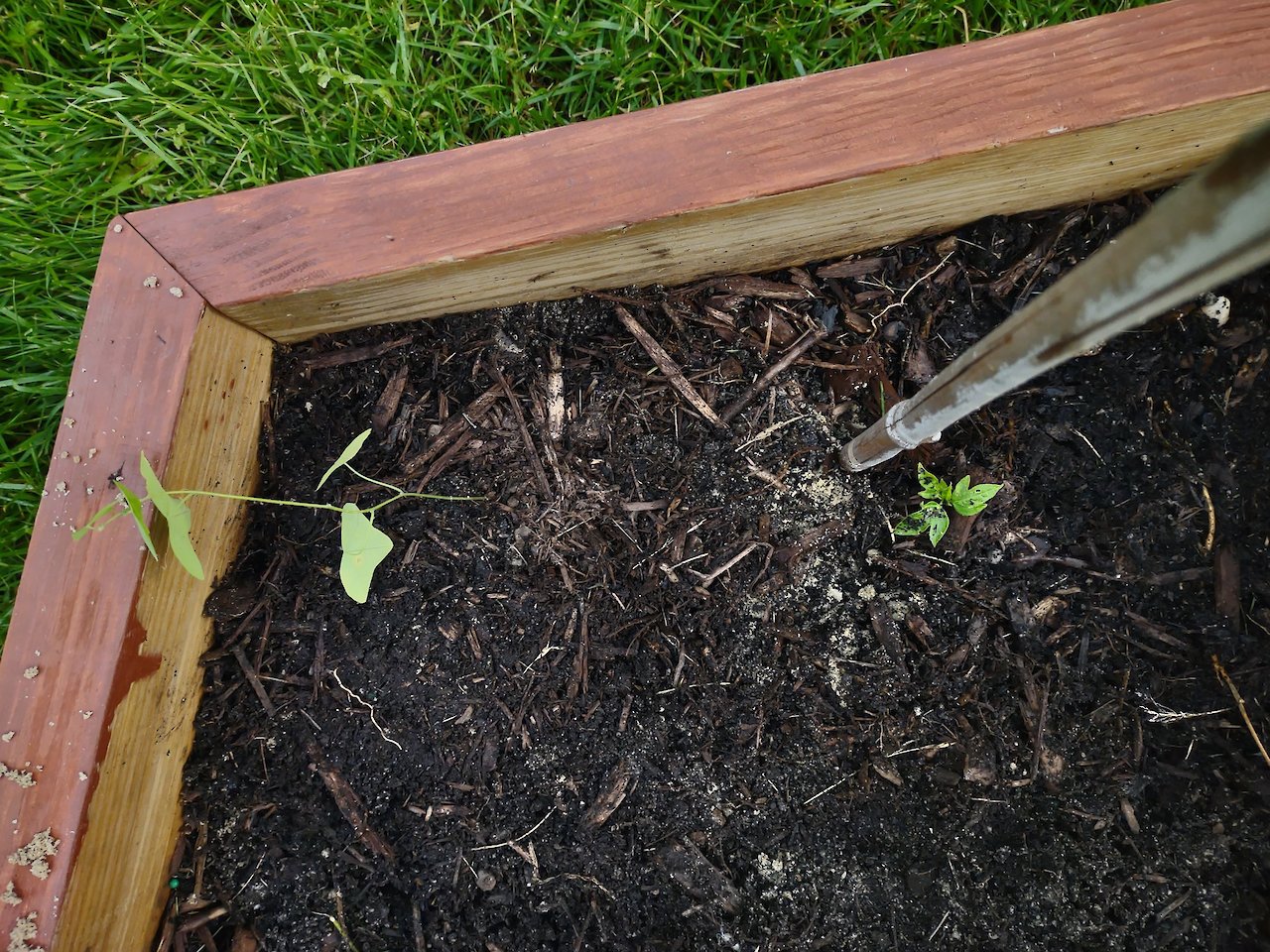Maypop & Yellow Passionflower
Seed Mix: None
Passiflora incarnata & Passiflora lutea
The Passionflower is indeed native to D.C. and Maryland. The Maypop is commonly seen in gardens being prized for its purple flowers. When planted in pairs, the Maypop’s fruit production is improved and can produce fruits the size of hens’ eggs.
The Yellow Passionflower is not commonly seen in the gardens of D.C. as its subtle, yet delicate flowers, are not as sought after as the grand and flamboyant purple Passionflower. The pollen of P. lutea is the only known larval foodstuff of the oligolectic (and possibly monolectic) Passionflower Bee, Anthemurgus passiflora (USDA).
- Oligolectic: Bees or other insects that have a very narrow preference of pollen as a food source.
- Monolectic: Bees or other insects that have only one species’s pollen as a food source.
Further resources
- USDA Factsheet (PDF)
- Lady Bird Johnson Wildflower Center: Maypop & Yellow Passionflower
- Interactions: Maypop & Yellow Passionflower
